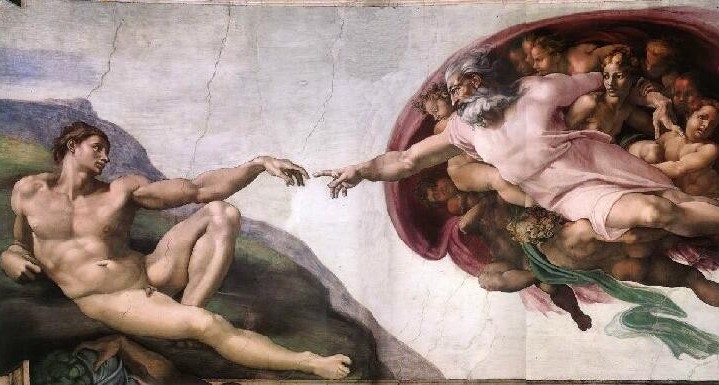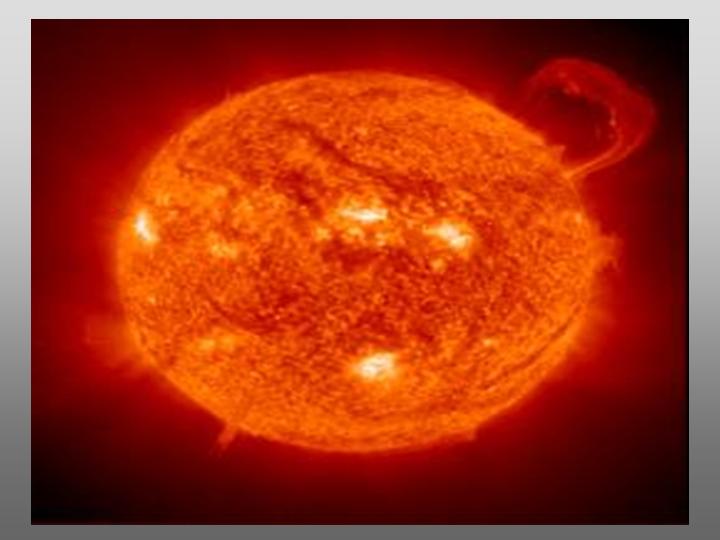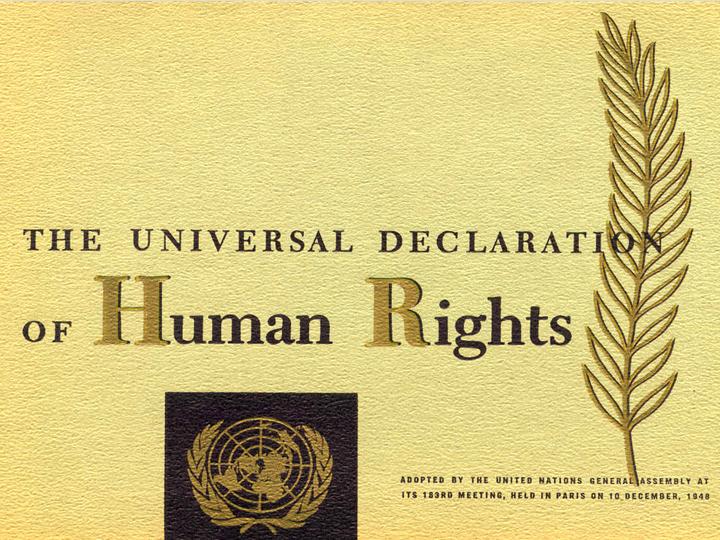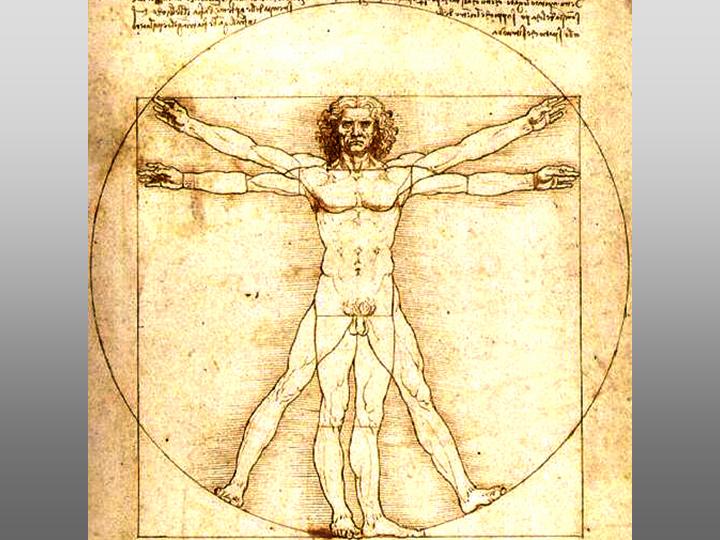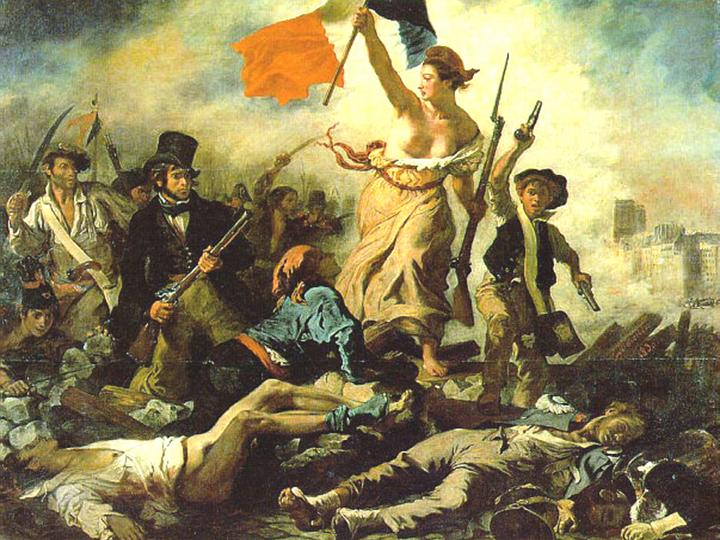Home
 10 Pillars 10 Pillars  Map Map  Tree Tree
 Rationale Rationale
 Forum Forum
 About About
 Terms Terms
 Contact Contact
|
Search
top academic & professional resources |
||||||||||||||||||||||||||||||||||||||||
 Literature |
Loading
|
||||||||||||||||||||||||||||||||||||||||
|
|||||||||||||||||||||||||||||||||||||||||
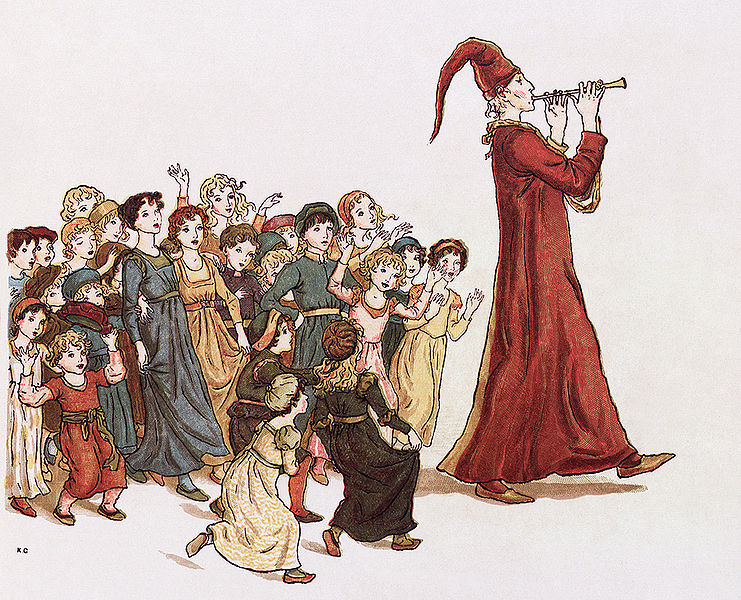 ©
©
 Literary theory
Literary theory 2. Forms
 ...
...3. Time
 ...
...4. Place
 ...
...5. Ethnicity
 ...
...6. Interest
 ...
...Post your proposed structure!
a must for your library
Literary theory explores the philosophical, sociological, anthropological, linguistic, and methodological perspectives of literary art. Scholars in the field study the meaning of key concepts (e.g., “literature,” “meaning,” “interpretation”), critically analyze and compare literatures from different cultures and languages (comparative literature), and establish adequate and reliable research methodologies.
While in practice there is one integrated field under the umbrella name “literary theory,” theoretically this field is composed of two interrelated fields. The first field is an independent field, which explores the philosophical perspectives of literary art in general, and is placed in cat. 8.2.1. The second field is the metaknowledge part of literature and is a subfield of literature.
Literary works is composed of written works of art. It covers all forms, genres, languages, eras, and places. Literary works come in different forms (e.g., poetry, fiction and non-fiction prose, drama, essays), genres (e.g., tragedy, comedy), styles and techniques (e.g., rhymes), and languages (e.g., French literature). They are centered on different subjects (e.g., feminist literature, erotic literature), and are related to different ethnic groups (e.g., African-American literature). They are aimed at different readers (e.g., children’s literature). They were written in different eras (medieval literature, modern literature), and places (African literature, European literature). These characteristics are not mutually exclusive (there is overlapping), but they establish reasonable classifications of literary works.
Forms. Classifying literary works by the main forms emerges as the most significant classification and represents established sub-fields of knowledge within literature: poetry, prose, drama, and essays. (C. Zins, 2011).
Reflections
| 中 文 English Français Deutsch עברית 日 本語 नेपाली Polski Português Română русский Српски Español More.... |
a must for your library
Chaim Zins, Knowledge Mapping Research, 26 Hahaganah St. Jerusalem, 97852 tel: 972-2-5816705 chaim.zins@gmail.com

